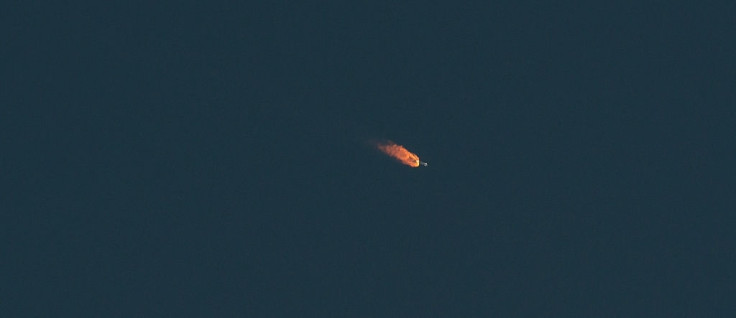Asteroid the size of a bus misses Earth by just 240 miles
Astronomers revealed they were not able to detect the asteroid until 15 hours after its closest approach
An asteroid the size of a bus just missed the Earth by a distance of only 240 miles last Friday, November 13. The asteroid named "2020 VT4" was spotted by the Asteroid Terrestrial-impact Last Alert System located in Mauna Loa, Hawaii. It is the second asteroid to break the closest approach this year.
Originally designated as A10sHcN, the asteroid's orbit is measured to be about the same distance from Earth as the International Space Station. Estimated by its brightness, experts say the nearly 10-metre wide space rock would have burned up in the atmosphere over the South Pacific.
An asteroid would have to be at least 25 metres across for it to cause localised damage on the Earth's surface, while any space rock that measures more than 1.2 miles in width will have significant global level impact.
Scientists believe that the asteroid which killed off the dinosaurs 66 million years ago could've been 7.5 miles wide. An impact that would eradicate all existence of life on earth would require an asteroid measuring 60 miles.
In August, NASA was only able to spot asteroid 2020 QG the day after it whizzed within just 1,830 miles from Earth. According to an article on The Independent, it passed over the Indian Ocean with the same distance away from the surface of the Earth one can compare with a drive from Copenhagen down to Málaga, in Spain.
2020 QG is slightly smaller in size than 2020 VT4, measuring about 5.5 metres in diameter. It is similar to the size of another asteroid which broke through the earth's atmosphere and burnt over Africa in June 2018. No damage nor injuries were reported even as tiny fragments were said to have hit the ground.
This is not the case with the Chelyabinsk meteor that exploded over Russia in 2013. The meteor shattered windows of buildings over a large area, causing injuries to 112 people that needed to be hospitalised. Experts say the Chelyabinsk meteor would have been about 30 times bigger than 2020 VT4
Earthlings will have another Friday the 13th fly by when asteroid Apophis, measuring 300 metres wide, is expected to make its closest approach to Earth on April 13, 2029.

© Copyright IBTimes 2025. All rights reserved.





















